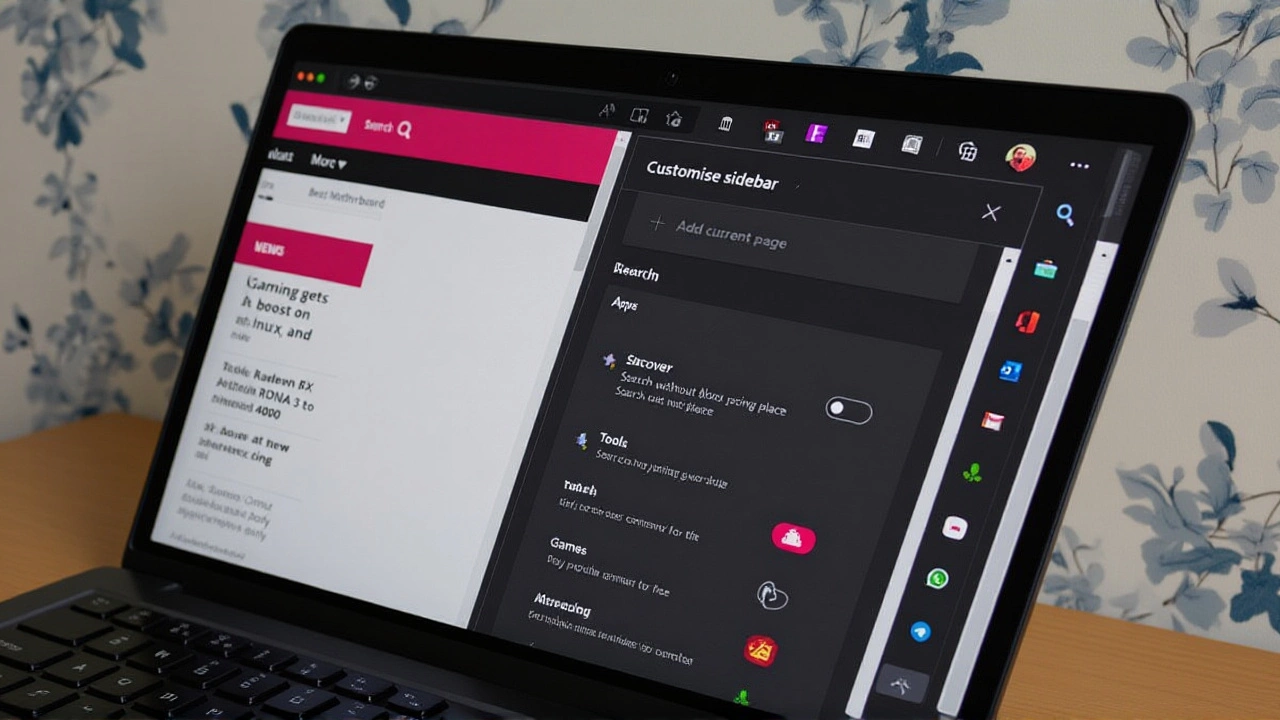On November 11, 2025, Aon plc unveiled Aon Claims Copilot, a groundbreaking AI-powered platform designed to overhaul how insurance claims are managed worldwide. The launch, announced at its global headquarters in Dublin, isn’t just another tech upgrade—it’s a fundamental shift in how claims professionals work, how clients experience recovery, and how insurers are held accountable. The platform goes live in Germany this November, with a staggered rollout across North America, Asia Pacific, and EMEA beginning in early 2026, and full global deployment targeted for late 2027.
Why This Changes Everything
For decades, claims handling has been a patchwork of manual processes, fragmented systems, and inconsistent carrier performance. Clients often waited weeks—sometimes months—for updates. Adjusters juggled spreadsheets. Brokers had little visibility into how insurers were actually performing. Now, Aon Claims Copilot stitches it all together. It’s not just automation; it’s intelligence layered over human expertise. Every claim, from a small business interruption to a multi-million-dollar liability case, now flows through a single digital spine that learns, adapts, and advises in real time.
The Tech Behind the Tool
The platform packs a punch. Real-time dashboards show claims trends, carrier response times, and payout patterns—down to the individual policy. A dedicated client portal lets businesses track their claim status like a package delivery, with alerts and document uploads built in. Automated intake reduces errors by cutting out manual data entry, while AI flags anomalies—like unusually slow responses from certain carriers—that might otherwise slip through.
Perhaps the most disruptive feature? Carrier performance scoring. Aon now systematically rates insurers based on how quickly they pay, how transparent they are, and how often they fight claims unnecessarily. That data doesn’t just sit in a report—it feeds directly into broker decisions. If Carrier X has a 40% denial rate on similar claims, brokers won’t place new business with them. Not without a very good reason.
"Expert advocacy combined with AI-driven analytics gives our clients superior visibility and control," said Mona Barnes, global chief claims officer for Commercial Risk at Aon. "It’s not replacing our people—it’s amplifying them. We’re seeing claim payouts rise by 15-20% in pilot programs because the system catches what humans miss: patterns in delays, hidden policy loopholes, even subtle shifts in carrier behavior."
Who’s Affected—and How
The 1,800 claims professionals at Aon, spread across 50+ countries, will be the first to use the platform daily. They’ll no longer spend hours chasing emails or reconciling spreadsheets. Instead, they’ll focus on strategy: negotiating with stubborn insurers, advising clients on coverage gaps, or identifying systemic risks before they become claims.
For corporate clients—especially those with complex, multinational operations—the impact is profound. A manufacturing firm in Ohio with facilities in Poland and Singapore will now see a unified view of all claims, regardless of location. A hospital chain in Australia can compare how its U.S. insurer handled a workers’ comp case versus its Canadian provider. Transparency becomes a competitive advantage.
"It empowers our professionals to turn insight into action," said a Aon representative identified as Peiser. "Faster resolution. Higher recoveries. Smarter coverage decisions. That’s the new standard."

A Broader Strategy
This isn’t an isolated product. Aon has invested $1 billion in technology over the past three years, and Aon Claims Copilot is the crown jewel. It follows the success of Aon Broker Copilot, which helps brokers structure policies with AI-driven risk insights, and its suite of Risk Analyzers that predict potential losses before they happen.
What’s striking is the timing. Global claims volumes are up 12% since 2022, driven by climate-related events, supply chain disruptions, and rising litigation. At the same time, insurers are tightening underwriting standards. The pressure is on brokers to deliver better outcomes—and faster. Aon isn’t just keeping up; it’s redefining the game.
What Comes Next
Additional AI features—like predictive settlement modeling and natural language processing to auto-summarize claim files—are scheduled for release in early 2026. By mid-2027, the platform will be live in every major market where Aon operates. The company expects to reduce average claim resolution time by 30% and increase client recovery rates by up to 25% within two years of full rollout.
Competitors are watching closely. Marsh McLennan and Willis Towers Watson have both quietly begun testing similar tools, but none have matched the scale or integration depth of Aon Claims Copilot. For now, Aon holds the lead.

Why It Matters to You
If you’re a business owner, you’ve probably dealt with a slow or denied claim. If you’re a policyholder, you know how frustrating it is to be stuck in limbo. This platform doesn’t just make things faster—it makes them fairer. It forces insurers to be accountable. It gives clients power they’ve never had before.
And here’s the twist: the biggest winners might not be the clients at all. It’s the brokers and claims professionals who can now focus on what humans do best—judgment, empathy, strategy—while the machine handles the grunt work. That’s not automation. That’s evolution.
Frequently Asked Questions
How does Aon Claims Copilot improve claim payouts for clients?
The platform uses AI to detect patterns in insurer behavior—like delayed responses or unjustified denials—and flags them for advocacy teams. In pilot programs, this led to 15-20% higher recoveries by ensuring claims were settled fairly and promptly. It also provides real-time data on carrier performance, helping brokers place business with insurers who have proven track records.
Which regions get access first, and when?
Germany is the first market, with the platform launching in November 2025. North America, Asia Pacific, and EMEA regions follow in early 2026, with phased rollouts continuing through the year. Full global deployment is expected by December 2027, covering all 50+ countries where Aon operates.
Does this replace human claims professionals?
No—it enhances them. Aon’s 1,800 claims professionals will use the platform to reduce administrative work, identify hidden opportunities, and focus on high-value advocacy. AI handles data crunching and pattern detection; humans handle negotiation, empathy, and complex strategy. The goal is smarter work, not fewer jobs.
How is carrier performance evaluated?
The platform tracks metrics like average settlement time, denial rates, documentation accuracy, and communication responsiveness across thousands of claims. Each insurer receives a dynamic scorecard that updates in real time. Brokers use this data to steer clients away from underperforming carriers and toward those with proven reliability.
What’s the connection between Aon Claims Copilot and Aon Broker Copilot?
They’re part of the same ecosystem. Broker Copilot helps structure policies with predictive risk modeling; Claims Copilot ensures those policies are honored when claims arise. Together, they create a closed loop: better underwriting leads to fewer claims, and better claims handling improves insurer performance data, which feeds back into smarter policy design.
Is this technology only for large corporations?
While initially focused on enterprise clients with complex, global exposures, Aon plans to extend scalable versions to mid-sized businesses by 2028. The core features—transparency, real-time tracking, and carrier scoring—are designed to benefit any client with multiple policies or international operations, regardless of size.
